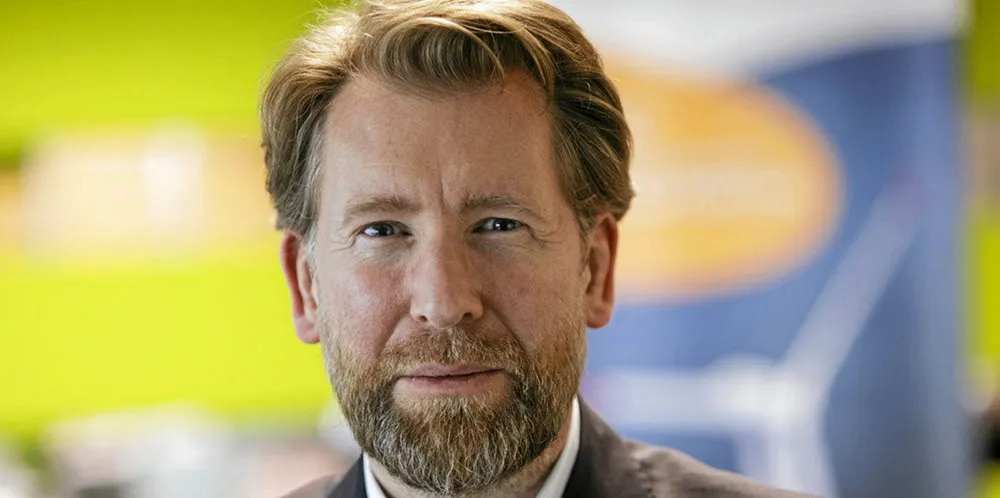'A lot of gambles' | Only floating wind's pioneer trio has track record for first wave: BW Ideol
INTERVIEW | Norwegian-owned group among select few with real-world experience needed to minimise risk on early large-scale projects, claims commercial chief Bruno Geschier
